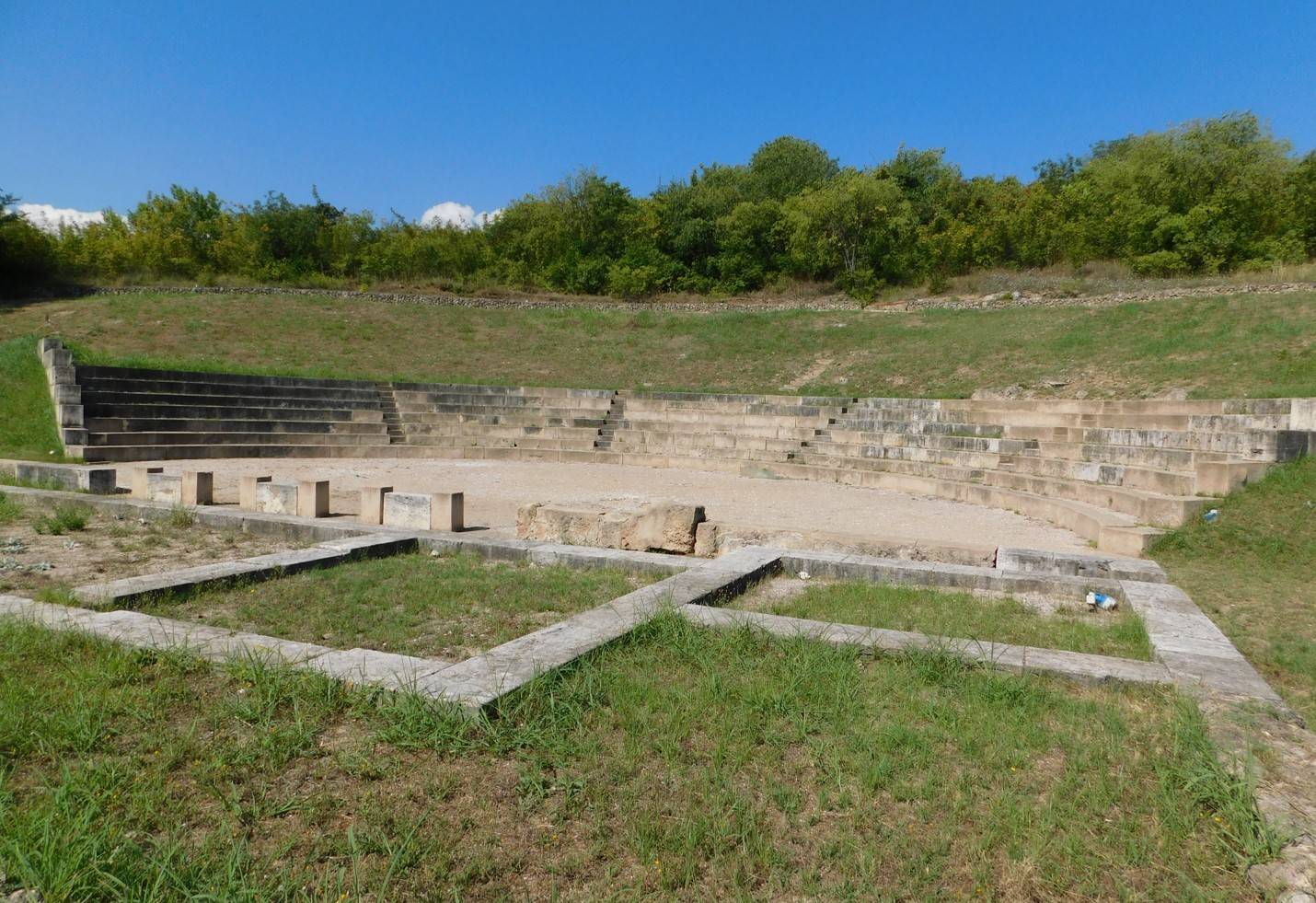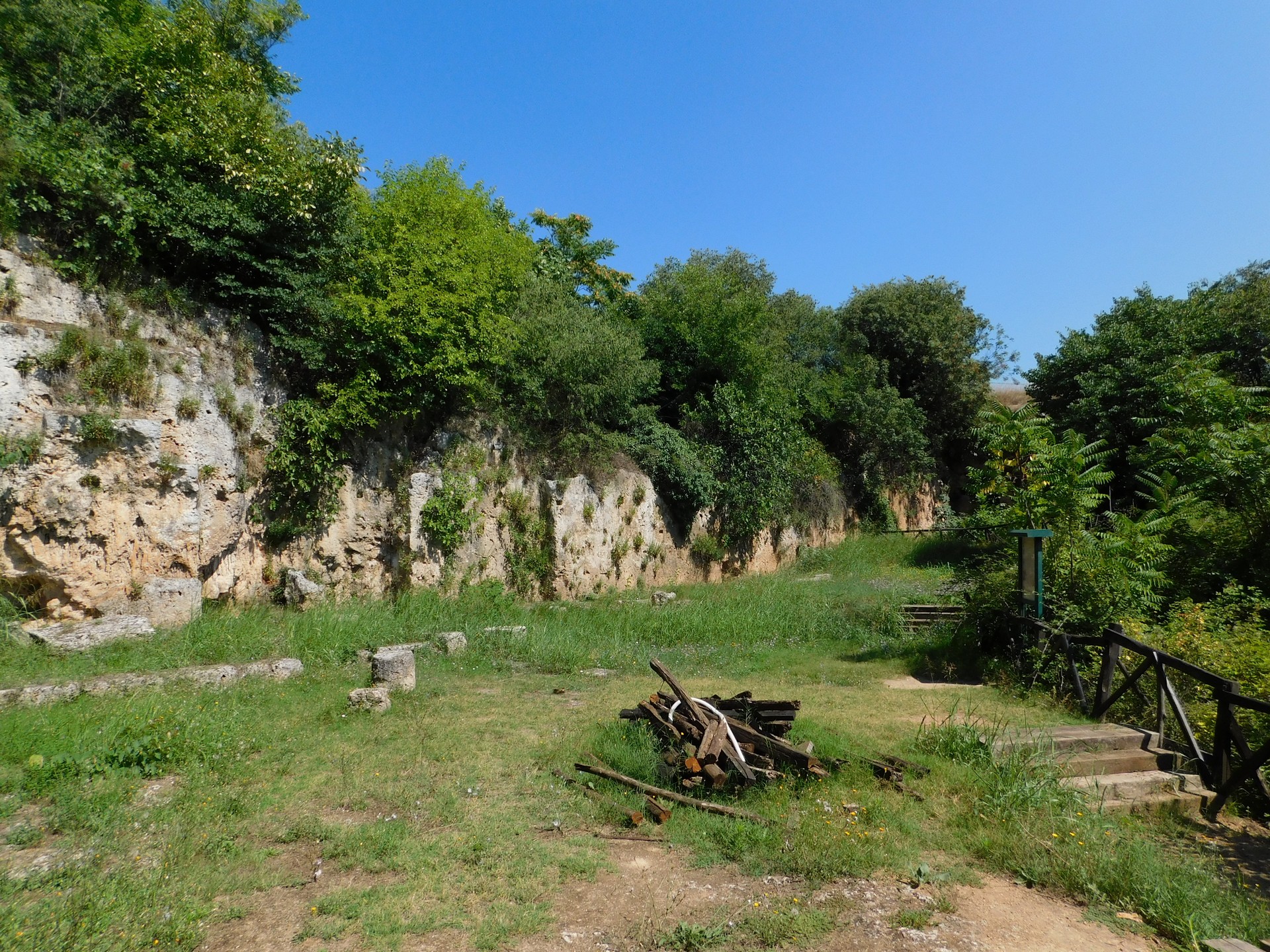
Tomb of Lysimachus and Callicles
Tomb of Lysimachus and Callicles
One of the Most Important Ancient Monuments in Macedonia
The Tomb of Lysimachus and Callicles, located in the archaeological site of Aegae, is one of the most significant ancient monuments in Macedonia and an exceptional testament to the art and funerary traditions of the Hellenistic period.
Discovered in 1980, the tomb dates back to the 4th century BC, a period associated with the peak of the Macedonian Empire. The tomb belongs to Lysimachus and Callicles, two high-ranking officials of the Macedonian court with close ties to the royal family. The discovery of the tomb provides valuable insights into the social and political life of the time, as well as the funerary practices of the period.
The Tomb of Lysimachus and Callicles is a family-type Macedonian tomb. It is a single-chamber structure measuring approximately 4.5 x 3.5 meters. The chamber is covered with a conical roof and surrounded by an external wall creating a square-shaped construction. Inside the tomb, significant frescoes are preserved, depicting hunting and battle scenes, which are characteristic of Macedonian art. The frescoes portray rich scenes with detailed depictions of people and animals, representing important examples of artistic production from that era. The tomb includes a marble sarcophagus and elaborate decoration. The embedded elements, such as columns and marble decorations, enhance the significance of the monument and its familial connection to the Macedonian royal court.
The Tomb of Lysimachus and Callicles provides valuable information on Macedonian art, funerary architecture, and the social structures of the time. Its discovery has offered new insights into the individuals buried there and their families, enhancing the understanding of the political and social structure of Macedonian society.
Today, the tomb is open to visitors and is part of the archaeological site of Aegae, which includes other significant monuments of ancient Macedonia. Visiting the tomb offers a unique opportunity to explore the region's rich heritage and discover the art and architecture of the Hellenistic period.







